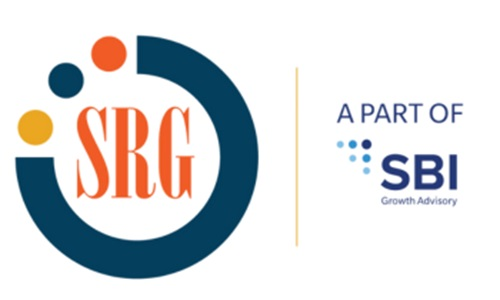ATD Blog
4 Modern Sales Approaches to Accelerate Your Sales Cycle
Thu Feb 15 2024

In today’s dynamic commercial environment, accelerating the sales cycle is not just a goal but a necessity for thriving in a competitive market. The landscape has evolved, with buying behaviors becoming increasingly conservative and consensus requirements reaching new heights. Many sellers find themselves poorly equipped to navigate these changes effectively.
We’ve identified four distinct sales approaches that modern sellers are adopting in light of such challenges: namely, narrowing, provoking, translating, and anticipating. Let’s explore the unique benefits and challenges of these approaches.
Approach #1: Narrowing
This approach focuses on driving buyer urgency by simplifying choices and moving the buyer through the sales process. Narrowing involves prescribing criteria and next steps while removing distractions. This process may seem beneficial, but paradoxically, the narrowing approach can extend sales cycle times by 20 percent.
Let’s illustrate this with a scenario. Imagine a seller, Emma, working with a client overwhelmed by choices in cybersecurity solutions. Emma streamlines the decision process by focusing on the client’s key pain points, effectively narrowing down the options to those that directly address these concerns.
Approach #2: Provoking
Here, sellers attempt to reframe how customers perceive their business issues. The provoking approach involves insight-based selling and high-quality thought leadership. Like narrowing, this less common approach can also lengthen the sales cycle—by up to 22 percent.
Consider Jack, a seller in the software industry. Jack uses the provoking approach by challenging a client’s current workflow inefficiencies, providing insights into how their existing processes are hindering growth. He doesn’t just sell a product; he provokes thought by compelling the client to reconsider their current operations, opening the door for his solution. Unfortunately, this approach may extend the process while Jack takes time to educate the client on all the buying influences and gain consensus on this new, provocative direction.
Approach #3: Translating
Sellers using this customer-centric method focus on speaking the customer’s language, quantifying challenges, and tailoring solutions to the customer’s context. This approach not only shortens sales cycles but also increases deal sizes, due to the seller’s ability to connect with the buyers and expand the sales conversation.
Here’s a practical example: Sarah, a sales rep in the medical equipment field, does extensive research in advance and presents her products not just as standalone equipment but as solutions that fit into the unique ecosystem of a healthcare provider. She uses data to demonstrate how her products will enhance patient care and operational efficiency, speaking directly to the hospital’s mission and values.
Approach #4: Anticipating
The anticipating approach is proactive, helping customers foresee and navigate potential obstacles. Sellers using this approach often plan in advance and collaborate extensively to remove barriers before they affect the sale. Through collaboration and risk mitigation, the anticipating approach results in shorter sales cycle times.
Imagine Alex, who sells enterprise-level IT solutions. Alex excels at foreseeing potential objections and barriers in the buyer’s journey before such issues arise. He addresses concerns about integration and support, collaborates with his team to develop contingency plans, and presents a comprehensive, risk-mitigated proposal to the client. This forward-thinking approach keeps the sales process smooth and helps maintain momentum.
Applying these modern sales approaches can have a positive impact on your sales cycle.
You've Reached ATD Member-only Content
Become an ATD member to continue
Already a member?Sign In

